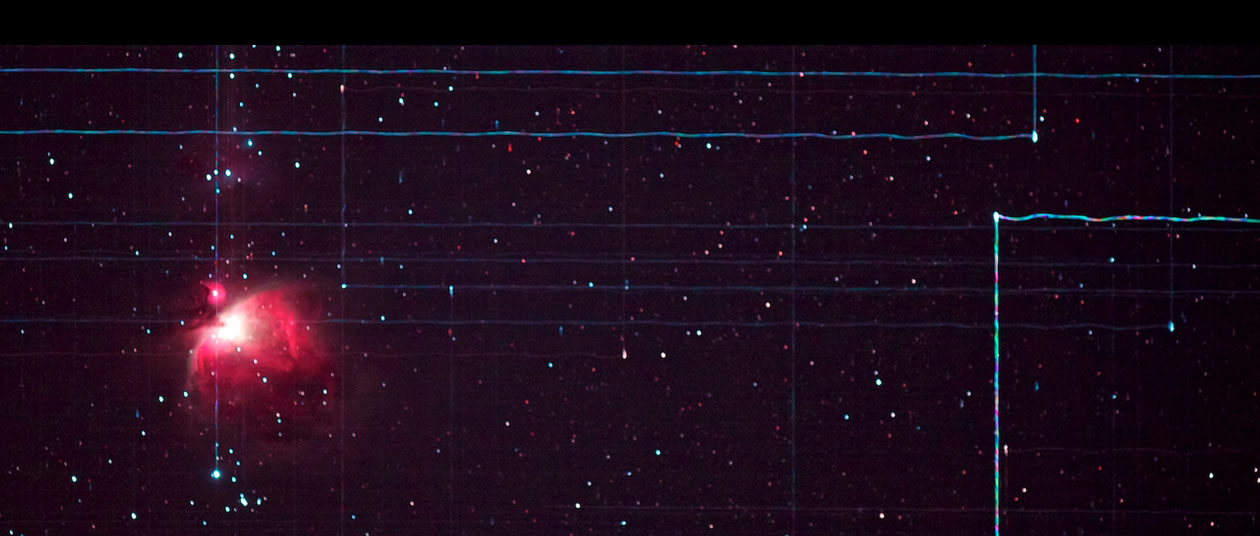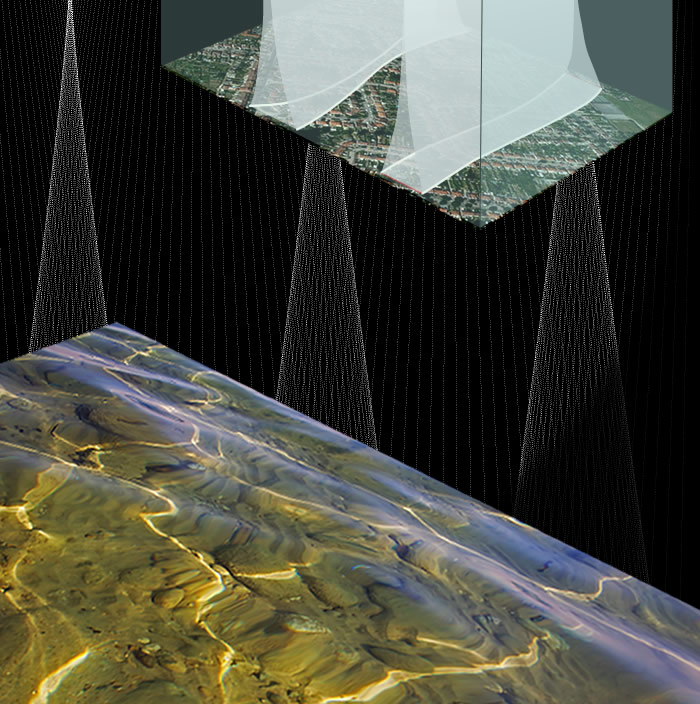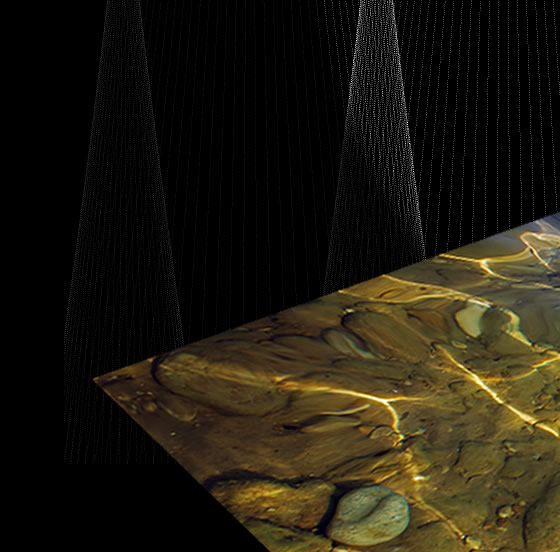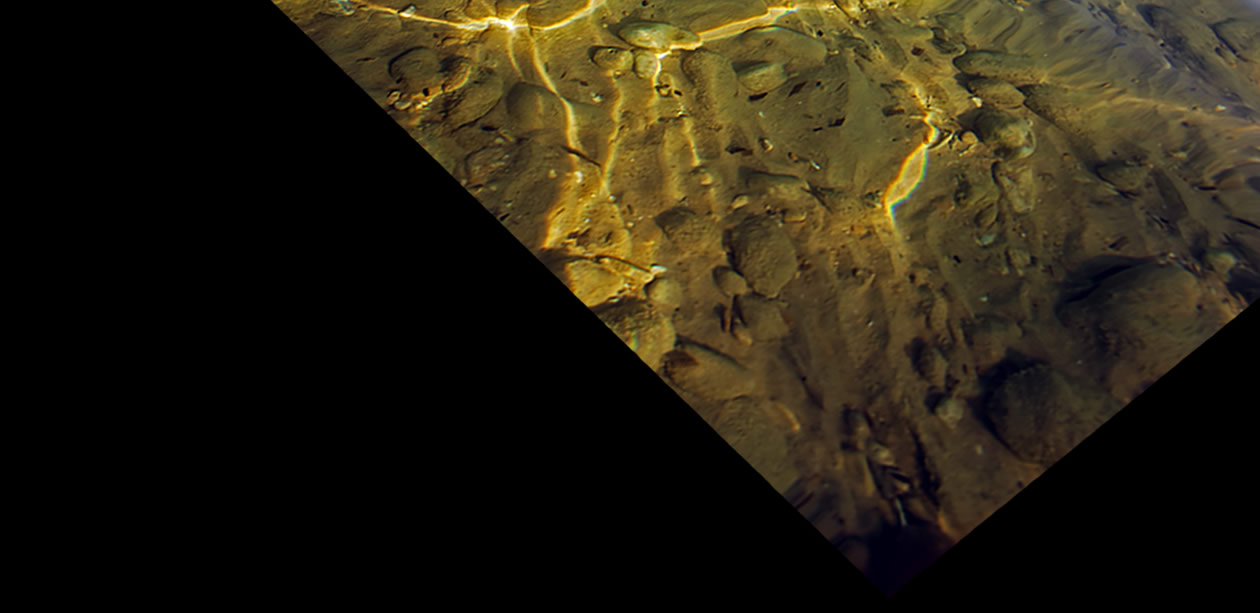OPOD - Twinkling
OPOD - Twinkling: Exploring the Phenomenon of Star Caustics
When we gaze up at the night sky, we are often captivated by the beauty and mystery of twinkling stars. But have you ever wondered what causes this mesmerizing effect? Twinkling, also known as atmospheric scintillation, occurs when starlight passes through moving layers or pockets of air at different temperatures. As the light traverses these layers, it is refracted and its path is deviated in ever-changing directions, resulting in the twinkling phenomenon that we observe.
The Play of Light and Color
Refraction, which is dependent on the wavelength of light, not only causes fluctuations in brightness but also gives rise to color variations in twinkling stars. As the starlight passes through the different layers of the atmosphere, it encounters varying refractive indices, leading to a dispersion of light. This dispersion causes stars to exhibit different colors as they twinkle, adding to the enchantment of the night sky.
Unveiling the Complexity of Twinkling
While refraction plays a significant role in twinkling, there is often more to this phenomenon than meets the eye. Some instances of twinkling are a result of caustic surfaces interacting with the observer's eye. Caustic surfaces are formed when these surfaces sweep and ripple across the eye, constantly changing their pattern as they intersect with the ground level. A striking analogy to this can be found in the network of bright lines that appear on the bottom of a sunlit swimming pool or a shallow sea.
The Role of Caustics
Caustics are regions of intense light that produce bright lines when they intersect with the ground. They differ from simple focusing effects because they maintain their form and sharpness over large distances. Lens effects, on the other hand, only provide temporary brightness in a confined space. When a caustic sheet sweeps across the observer's eye, the star momentarily flashes very bright, resulting in the characteristic twinkling we observe.
The Intricate Dance of Caustic Networks
To better understand the concept of caustics, imagine the caustic networks rippling over the ground as stars twinkle above. These networks create a captivating visual display, presenting a challenge for photographers aiming to capture their ephemeral beauty. As caustic sheets intersect the observer's line of sight, the stars within their path flash brilliantly, creating a dynamic and ever-changing spectacle in the night sky.
A Wider Perspective
While the illustrations provided showcase starlight caustic sheets from a wavy warm-cold air boundary, it is important to note that the optical processes involved in twinkling are likely more complex. Starlight passing through the atmosphere is likely to encounter multiple refracting layers, each contributing to the overall twinkling effect. This multi-layered interaction adds further depth and intricacy to the phenomenon, making it a fascinating subject for scientific study and artistic interpretation alike.
Final Thoughts
The phenomenon of twinkling, or atmospheric scintillation, is a captivating display of light and color that occurs when starlight passes through moving layers of air at different temperatures. While refraction plays a significant role in causing brightness fluctuations and color variations, the presence of caustic surfaces adds an additional layer of complexity to twinkling. Caustics, characterized by intense light and sharpness over large distances, create a mesmerizing dance across the observer's field of view, resulting in the enchanting twinkling of stars. By exploring and understanding these optical processes, we gain a deeper appreciation for the awe-inspiring beauty of the night sky.

Twinkling - Star Caustics?
Jesper Gronne (The Art of Nature) created these star trails by slewing his Celestron8 'scope near M42. The camera was riding piggyback on the 'scope.
Bright stars have left trails of varying brightness and colour. Twinkling, atmospheric scintillation, is the likely cause.
©Jesper Gronne, shown with permission.

Stars twinkle when seen through moving layers or pockets of air at different temperatures. Starlight passing across the layers is refracted and its course deviated in ever changing directions. Refraction is light wavelength dependent and twinkling stars often show colour in addition to brightness fluctuations.
However, there is often rather more to twinkling than simple refraction.
Some twinkling, not all, is the outcome of caustic surfaces sweeping and rippling across the eye as they move and intersect the ground level in an ever changing pattern. The varying network of bright lines on the bottom of a sunlit swimming pool or shallow sea (below) is closely analogous.
The computed ray tracing at right shows an example of how light passing from a less dense medium (warmer air for example) via a wavy interface into a denser one (cooler air) is deflected. Stronger refraction than that od air was used to fit the rays on the screen! Some distance below the interface there are pairs of surfaces where two rays crossing each other cluster closely together. These are caustic sheets and they are regions of intense light. They produce a bright line where they intersect the ground as shown in the schematic at right. As a caustic sheet sweeps across the eye the star momentarily flashes very bright � it twinkles.
Caustics differ from simple focusing effects. Caustics keep their form and remain sharp over a large distances. Lens effects give only a temporary brightness in a small volume of space.
Next time stars are twinkling, imagine their caustic networks rippling over the ground like those below. That would be a photographic challenge.


Top: Starlight caustic sheets from a wavy warm-cold air boundary. Illustrative only - not to scale.


Right: Caustic sheets intersecting a shallow sea bed. Imaged by Rasid Tugral of Turkey.
The optical processes are similar except that starlight probably passes through several refracting layers.
Note: this article has been automatically converted from the old site and may not appear as intended. You can find the original article here.
Reference Atmospheric Optics
If you use any of the definitions, information, or data presented on Atmospheric Optics, please copy the link or reference below to properly credit us as the reference source. Thank you!
-
<a href="https://atoptics.co.uk/blog/opod-twinkling/">OPOD - Twinkling</a>
-
"OPOD - Twinkling". Atmospheric Optics. Accessed on November 26, 2024. https://atoptics.co.uk/blog/opod-twinkling/.
-
"OPOD - Twinkling". Atmospheric Optics, https://atoptics.co.uk/blog/opod-twinkling/. Accessed 26 November, 2024
-
OPOD - Twinkling. Atmospheric Optics. Retrieved from https://atoptics.co.uk/blog/opod-twinkling/.